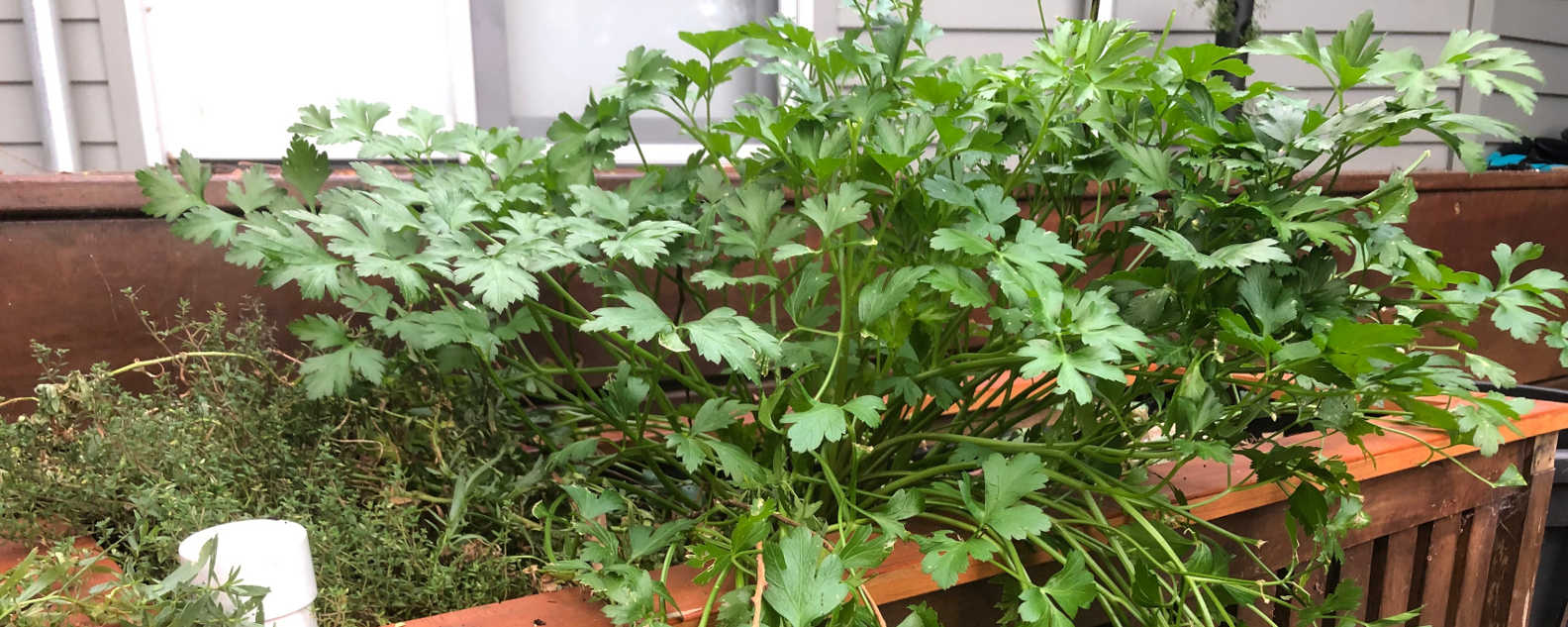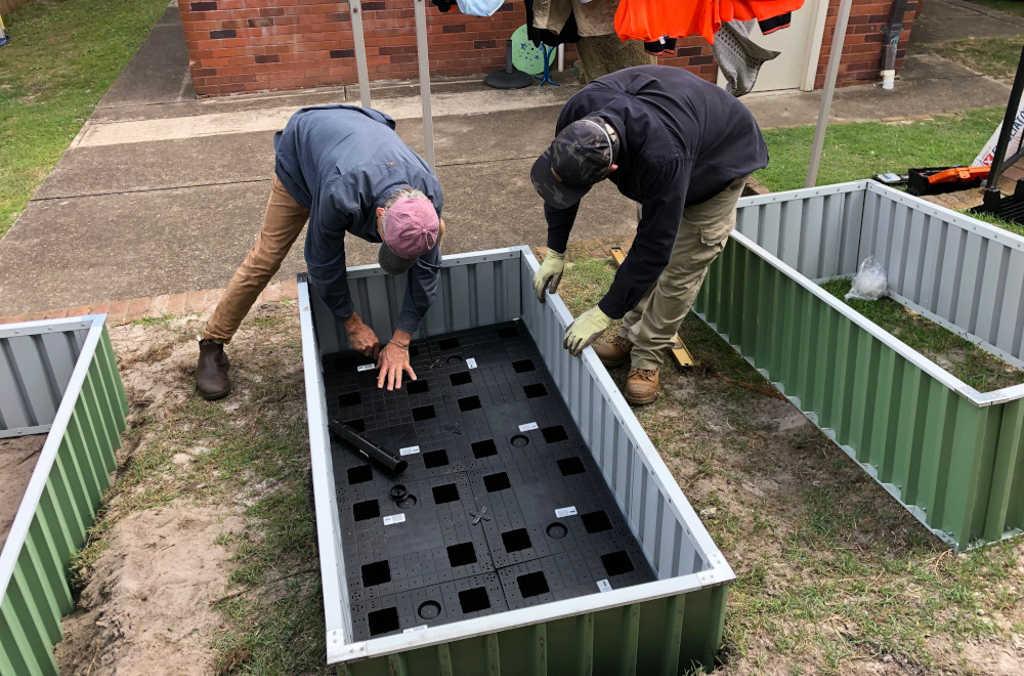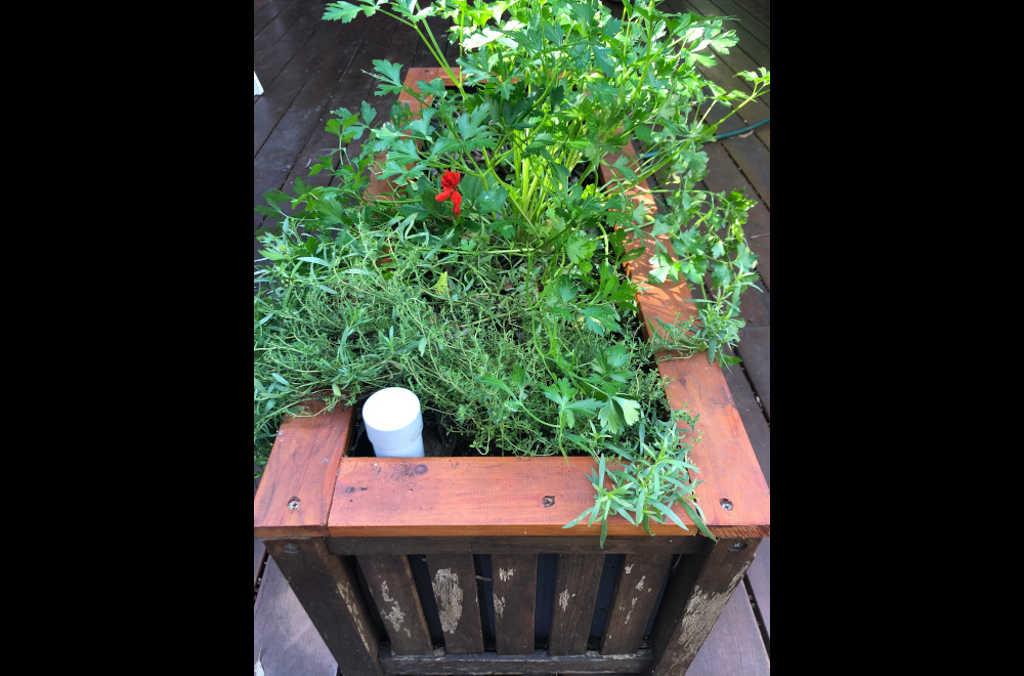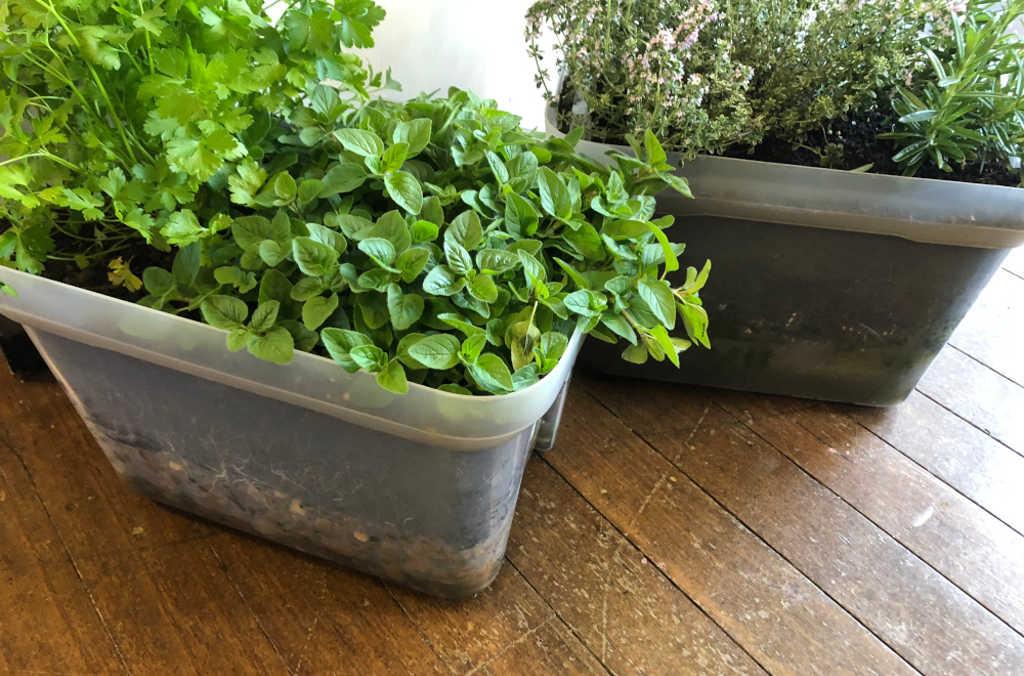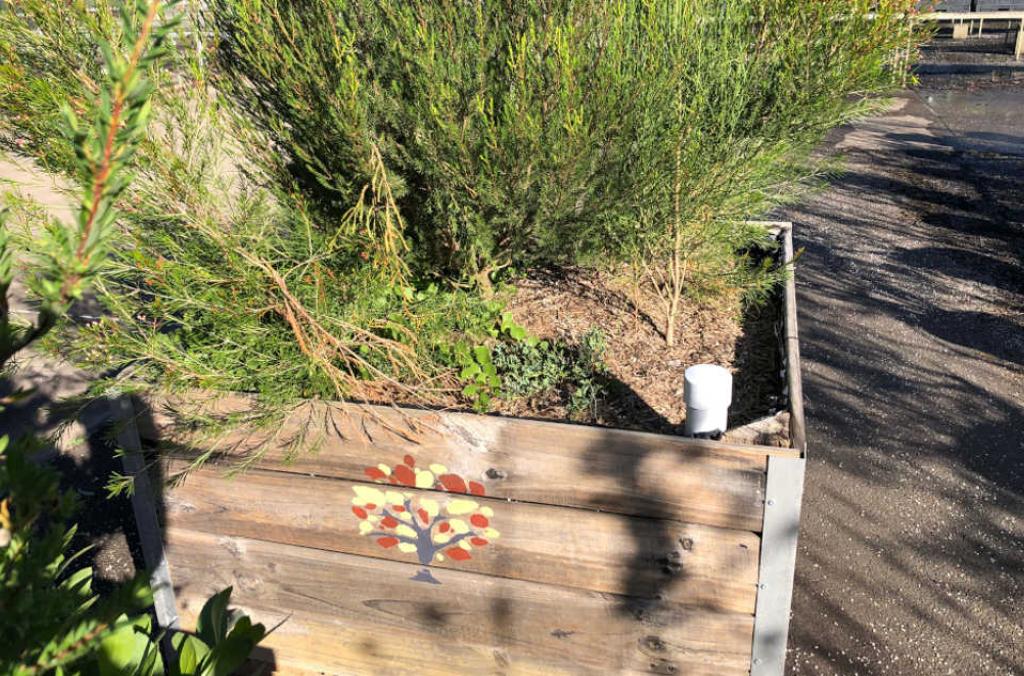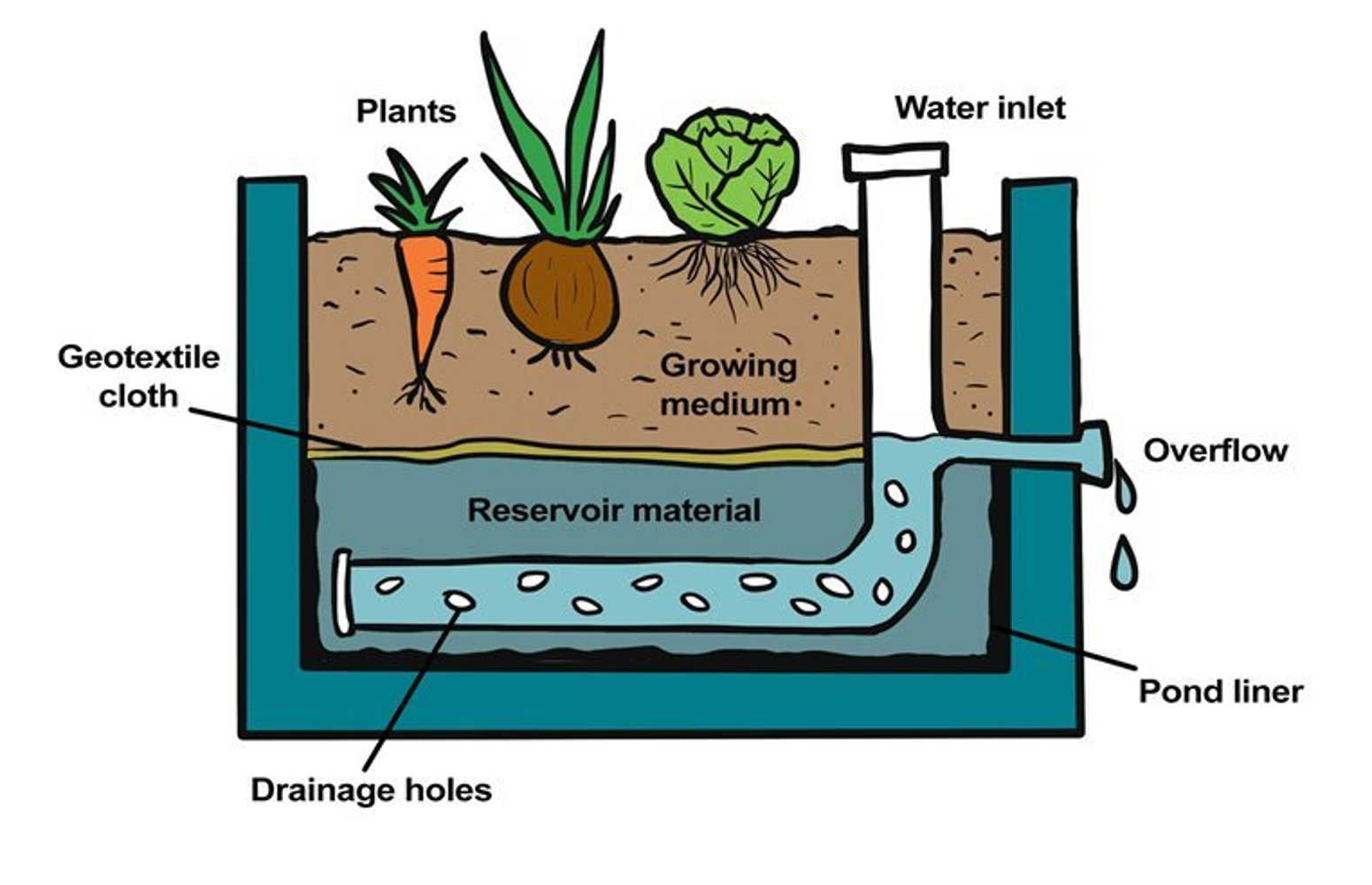Related resources
Herb spirals are space-saving, energy-efficient gardens designed to use nature’s forces to their advantage.
Gardening tips
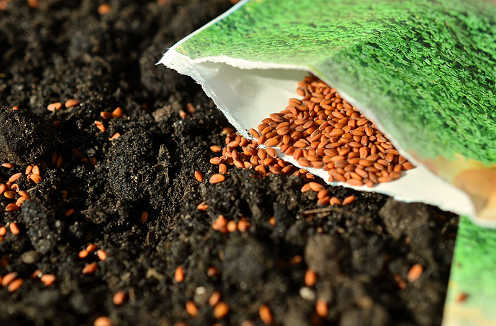
Darren’s expert guide to what to do in your vege garden right now.
Gardening tips
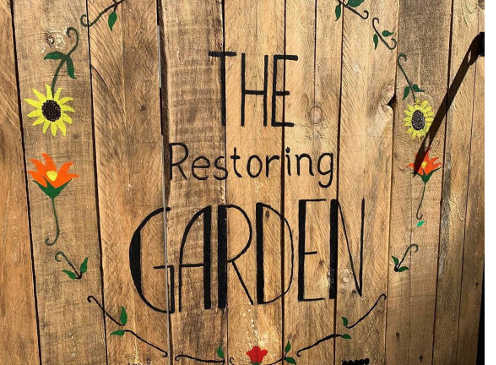
Gardeners often express to us the benefits they experience when they are connecting with their gardens.
Gardening tips
